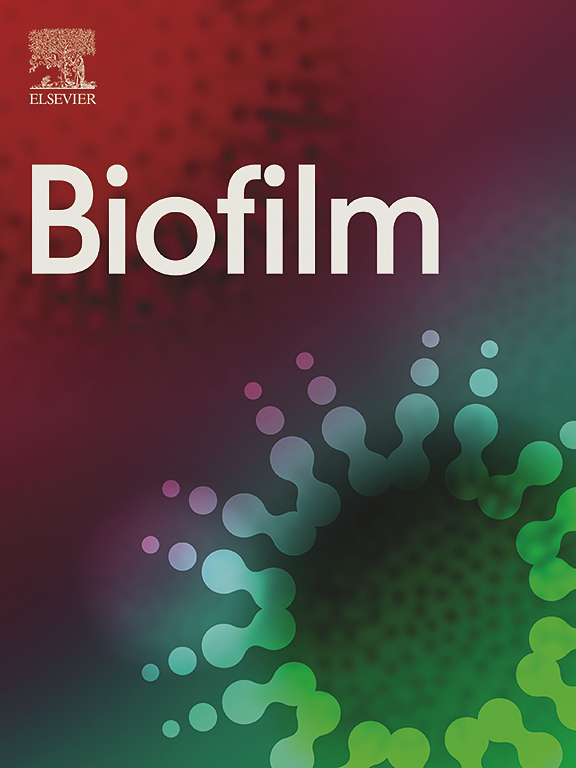Landscape of chimeric RNAs in COVID-19 patient blood
IF 6.9
2区 医学
Q1 BIOCHEMISTRY & MOLECULAR BIOLOGY
引用次数: 0
Abstract
Despite the availability of efficacious vaccines, COVID-19 persists and our knowledge of how SARS-CoV-2 infection affects host transcriptomics remains incomplete. Transcriptome analysis, which has progressed our understanding of the patient response to SARS-CoV-2 infection, can be enhanced by considering chimeric transcript expression. Here we assess and characterize chimeric RNAs found in the whole blood of 178 COVID-19 patients. STAR-Fusion, SOAPfuse, and EricScript were used to detect chimeric RNAs resulting in over 30,000 predictions with approximately 500 high-confidence predictions that were found by more than one software and filtered based on exon annotations around the chimeric splice junction. GO term enrichment performed on the 5′ and 3′ parental genes of chimeric RNAs found in severe and critical patients resulted in pathways known to be affected in these patients, such as erythroid differentiation. Motif enrichment analysis of sequences proximal to chimeric splice junctions found in COVID-19 patients versus those found in GTEx whole blood revealed two RNA binding proteins previously implicated with coronavirus infection, PTBP1 and SFPQ. We discovered a chimeric RNA that correlated with COVID-19 disease status and appeared to be dependent upon a loss of PTBP1's function as a splicing repressor. Overall, we found over 350 novel COVID-19-specific chimeric RNAs not detectable in GTEx whole blood that may also serve as biomarkers for viral infection.
COVID-19 患者血液中嵌合 RNA 的分布情况
本文章由计算机程序翻译,如有差异,请以英文原文为准。
求助全文
约1分钟内获得全文
求助全文
来源期刊

Genes & Diseases
Multiple-
CiteScore
7.30
自引率
0.00%
发文量
347
审稿时长
49 days
期刊介绍:
Genes & Diseases is an international journal for molecular and translational medicine. The journal primarily focuses on publishing investigations on the molecular bases and experimental therapeutics of human diseases. Publication formats include full length research article, review article, short communication, correspondence, perspectives, commentary, views on news, and research watch.
Aims and Scopes
Genes & Diseases publishes rigorously peer-reviewed and high quality original articles and authoritative reviews that focus on the molecular bases of human diseases. Emphasis will be placed on hypothesis-driven, mechanistic studies relevant to pathogenesis and/or experimental therapeutics of human diseases. The journal has worldwide authorship, and a broad scope in basic and translational biomedical research of molecular biology, molecular genetics, and cell biology, including but not limited to cell proliferation and apoptosis, signal transduction, stem cell biology, developmental biology, gene regulation and epigenetics, cancer biology, immunity and infection, neuroscience, disease-specific animal models, gene and cell-based therapies, and regenerative medicine.
 求助内容:
求助内容: 应助结果提醒方式:
应助结果提醒方式:


